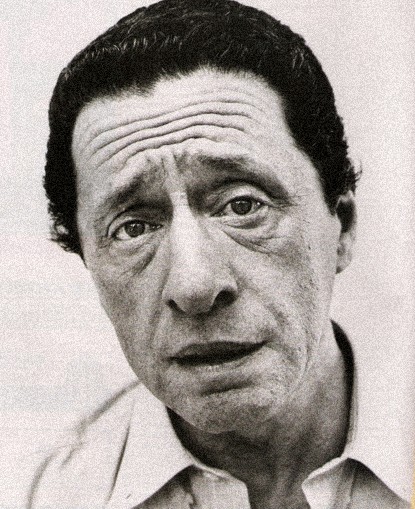|
The marriage of true minds. Between two collaborators, whatever their sex, age, or appearance, there is always an erotic bond. Queers, to whom normal marriage and parenthood are forbidden, are fools if they do not deliberately look for tasks which require collaboration, and the right person with whom to collaborate.
-- W. H. Auden

Harold Arlen
[Harold] Arlen's most sensational inspiration came in the late thirties in Beverly Hills, where he lived from 1935 to 1954, when Hollywood was a boomtown for the makers of musicals. (It “loomed up like the Parthenon . . . to me,” Arlen said.) He and [Yip] Harburg were close to finishing
The Wizard of Oz, but Arlen was bedevilled by the composition, long overdue, of a ballad that would transport Dorothy from the black-and-white tribulations of Kansas to the colorful utopian world of Oz. In frustration, he decided to take a break and go to a matinée at Grauman's Chinese Theatre with his wife, Anya. He was too anxious to drive. “I wasn't thinking about work. I just wanted to relax,” he recalled. “And as we drove past Schwab's Drugstore I said, ‘Pull over, please.' She knew what I meant.” He added, “It was as if the Lord said, ‘Well, here it is, now stop worrying about it.' ” The miracle was not immediately visible to others. Arlen played “the nugget” to Harburg, who said that the symphonic sweep was “not for little Dorothy! That's for Nelson Eddy.” Ira Gershwin, another émigré from Depression-devastated Broadway, was called in to break the standoff; he liked the melody, so Harburg set it. When Gershwin heard Harburg's lyrics, he cried. He didn't, however, think the song ended properly, and he improvised a coda: “If happy little bluebirds fly / Beyond the rainbow / Why oh why can't I?”
-- John Lahr, The New Yorker
|